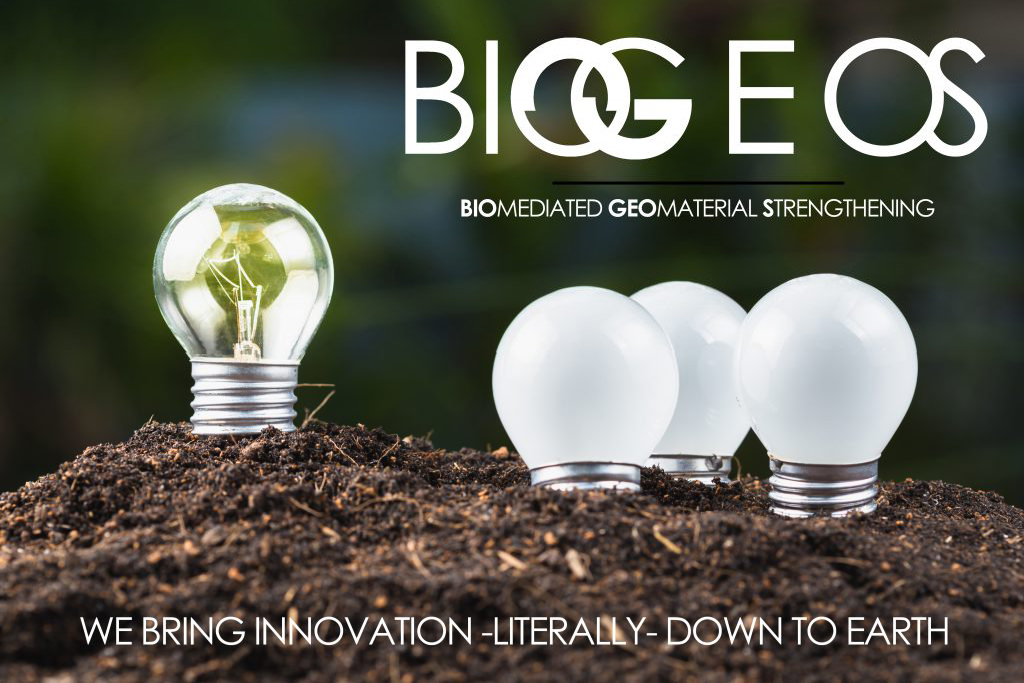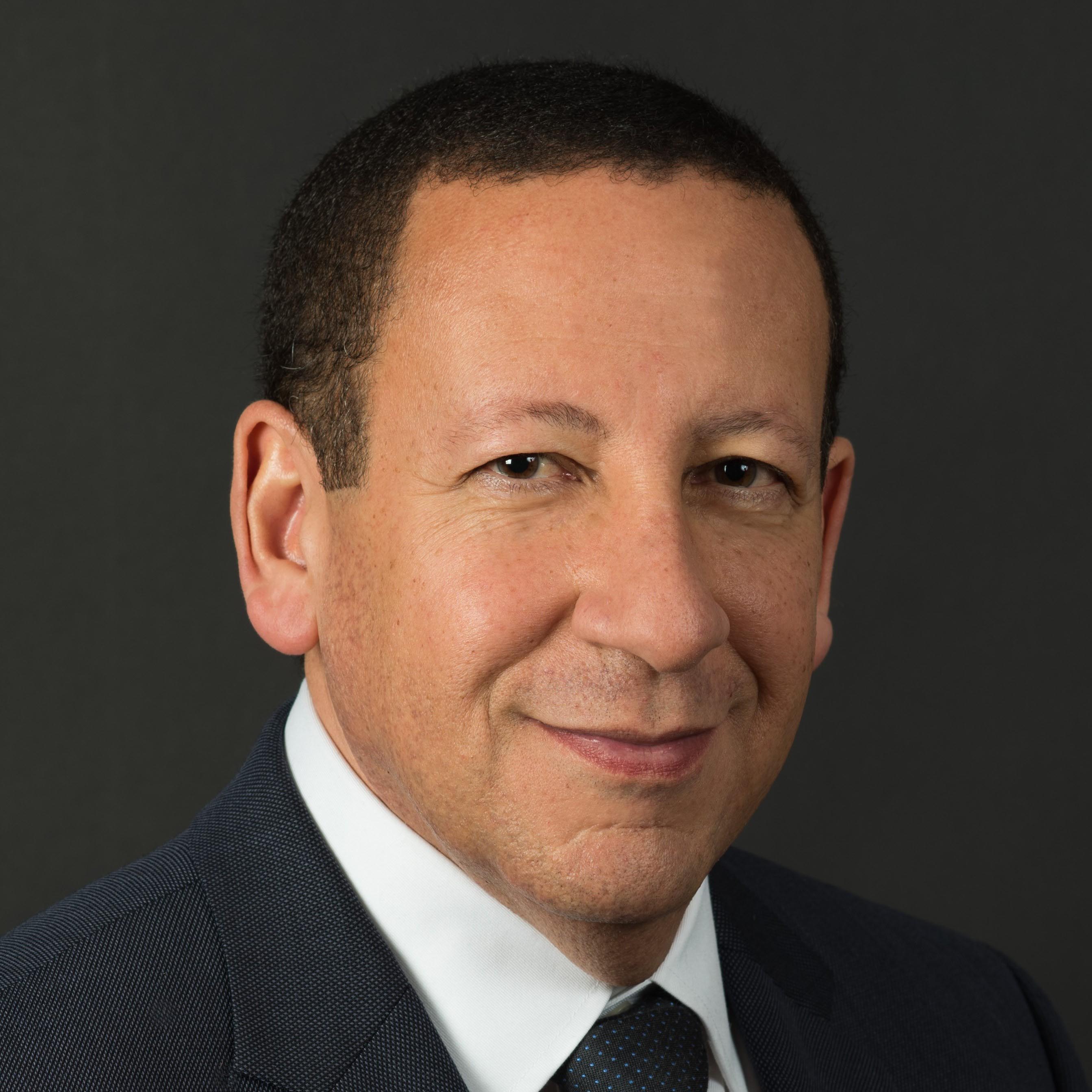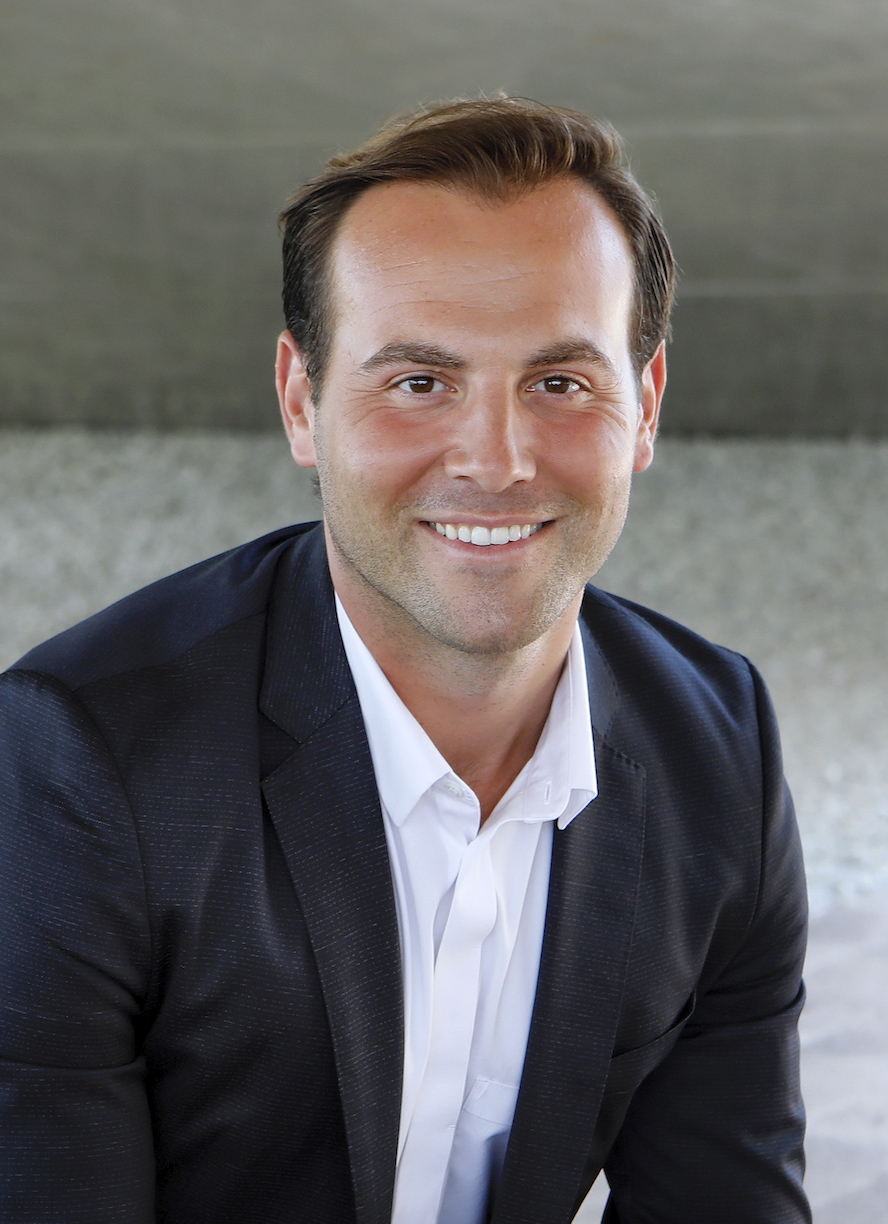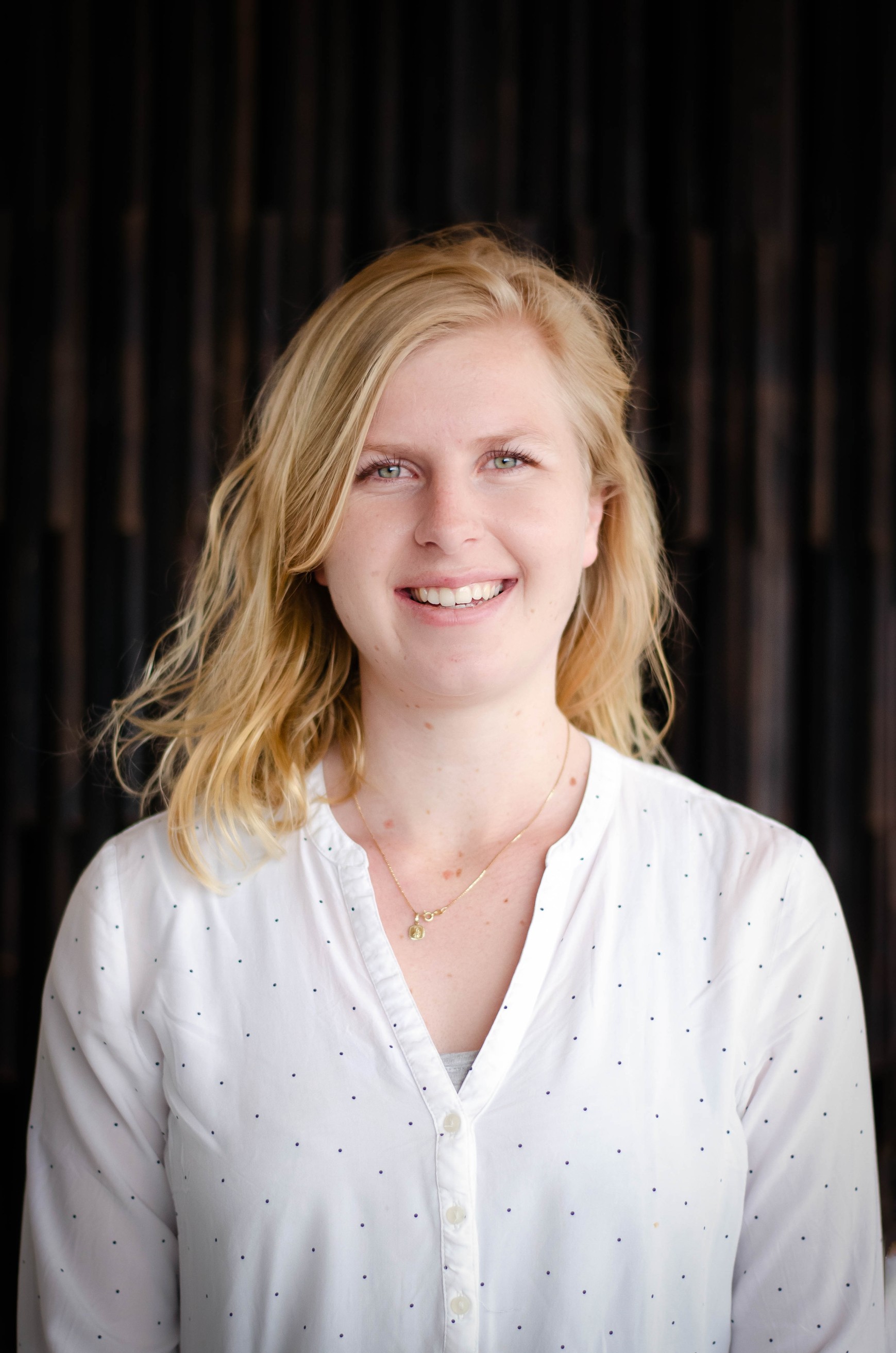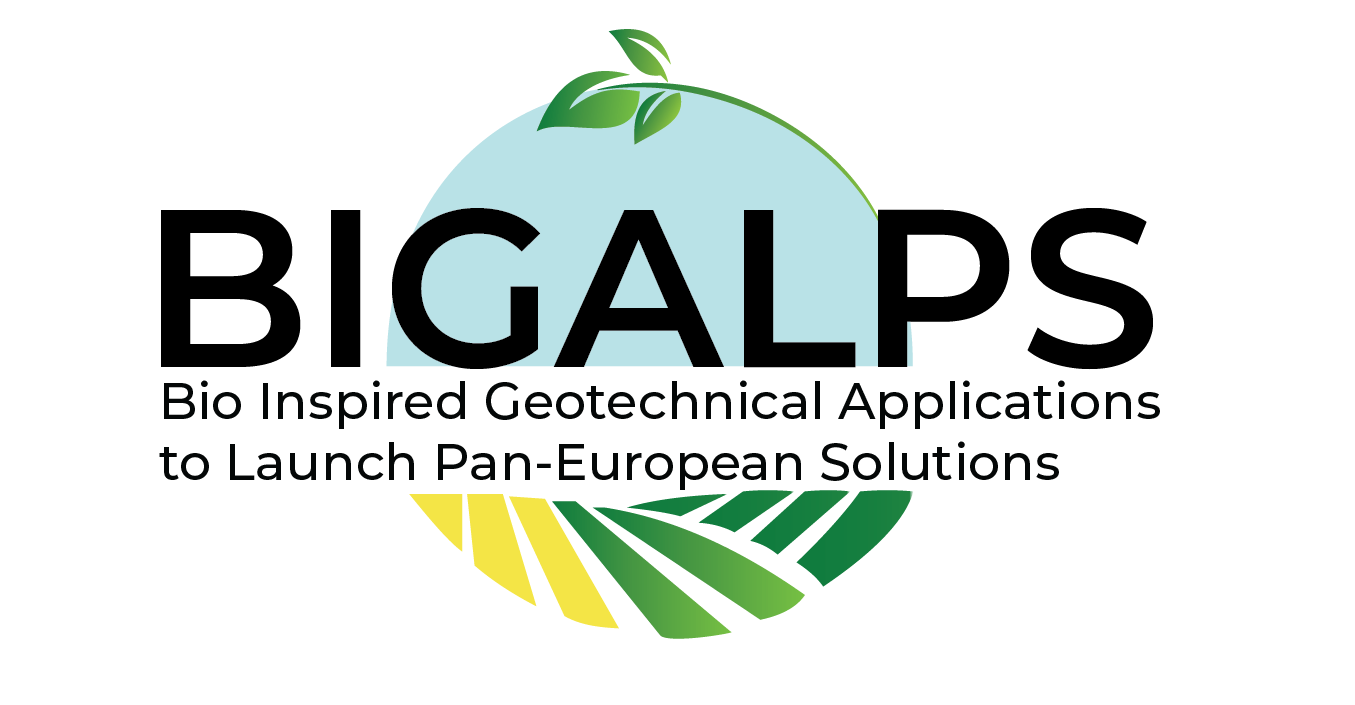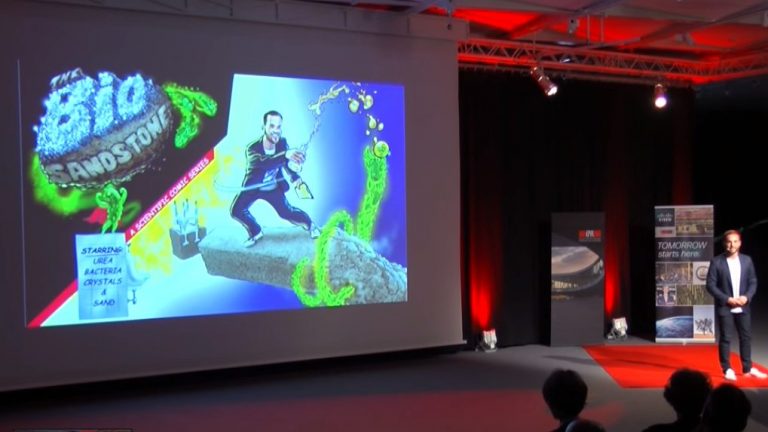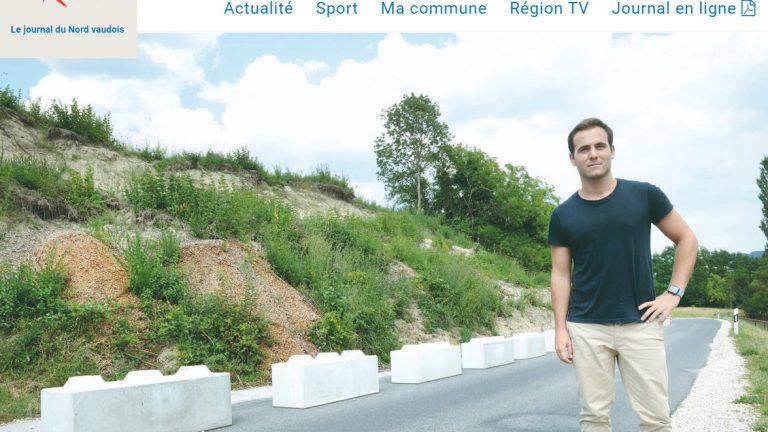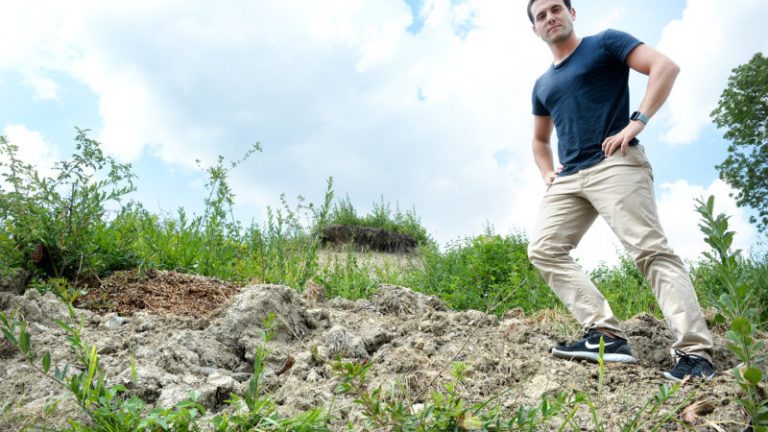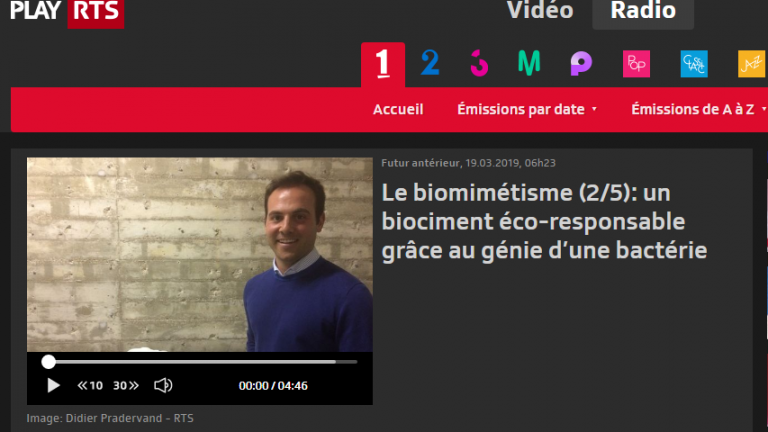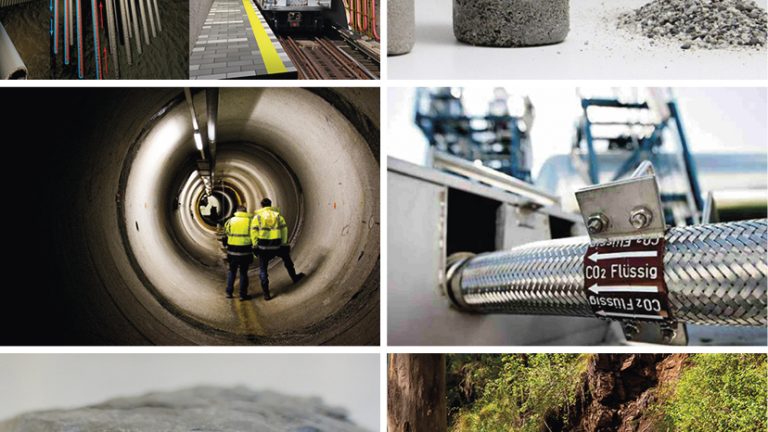The given soil’s strength and intrinsic properties are major parameters that guide the decisions during the conception of a construction work. Soil improvement techniques offer engineers a framework of tools that allows interfering into soil’s structure in order to enhance its properties. A whole new field in geotechnical engineering has therefore been developed aiming at the conception and implementation of soil improvement techniques targeting to specific areas and foreseen improvements.
One such technique is cement grouting and it is being implemented in several applications including slope stability works, embankments, marine structures, foundations of typical buildings etc. Nevertheless, cement-grout has aroused concerns mainly around the potentially pollutant chemical agents employed. The foreseen improvement passes through an erosive process entailing the injection of viscous fluids under high pressures, thus destroying the initial state of the soil to replace it with a mixture of cement and grains forming a cement column. The improved area is limited to the diameter of this column and in this sense the technique needs to be repeated multiple times at a given area to scale-up its positive effects.
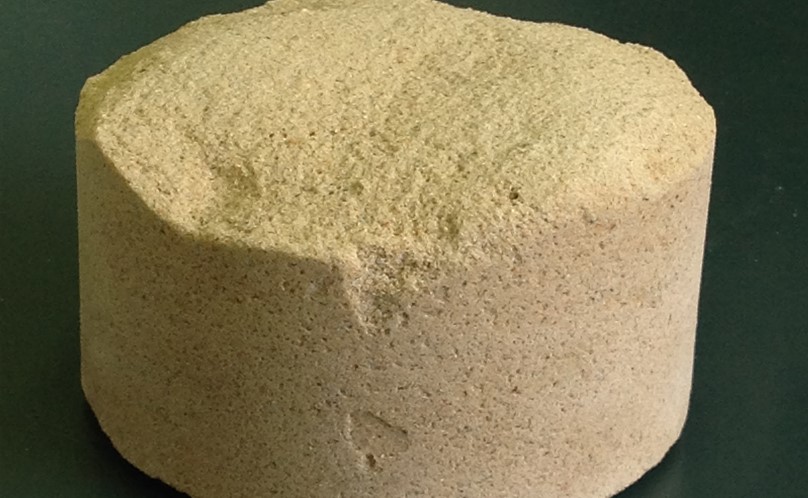
Biologically induced calcite mineralization has been recently brought into focus as an alternative cementation mechanism for soils. The whole process lies on the metabolic activity of unicellular microorganisms that are responsible for generating those conditions that allow for the formulation of calcium carbonate crystals to take place. The technique has its base at two chemical reactions; the hydrolysis of urea catalyzed by the enzyme urease, produced by the bacteria strain Sporosarcina pasteurii, and the calcite precipitation. This knowledge is put to use in an emerging grouting technique called microbial induced calcite precipitation (MICP). By temporarily regulating the concentration of bacteria and chemical constituents in a soil, a new engineering material can be generated through the nucleation of calcite crystals inside the soil matrix. Understanding, controlling and predicting this alternative environmentally friendly soil reinforcement technique, exposes innovative applications, such as restoration of weak foundations, seismic retrofitting, erosion protection, seepage flow or pollution mitigation and construction of floating beaches.
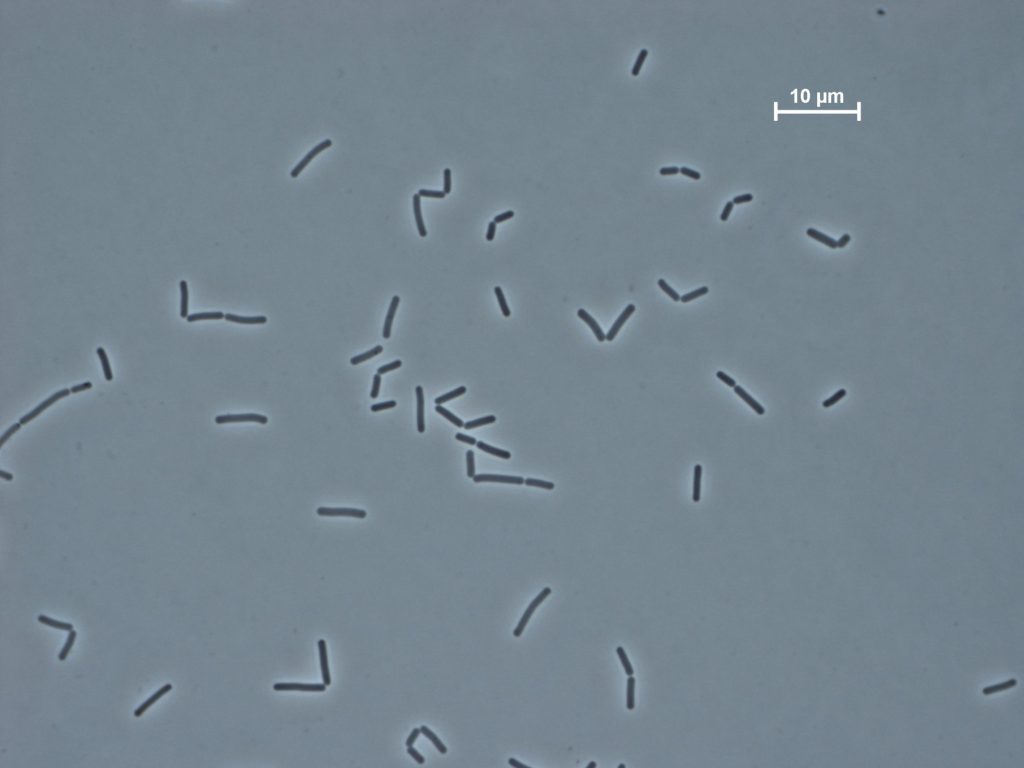
Research around this promising technique at the Laboratory of Soil Mechanics, EPFL, focuses on the conception of a geo-mechanical model to describe the enhanced behaviour of the bio-treated soil and on the adaptation of the teto quantify the resulting bonding effect with respect to the calcite content.
Research group for Bio-improved soils:
Professor
Post-docs
PhD students
Research assistant
Research Projects:
Building on the success of Biogeos, The Laloui Group has begun field-scale pilot studies and the testing of market readiness with a European Innovation Council (EIC) Transition Grant for its new project, Bio-Inspired Geotechnical Applications To Launch Pan-European Solutions (BIGALPS).
Partnering with the Technical University of Cluj-Napoca (UTCN) and the French National Research Institute For Agriculture, Food, And Environment (INRAE), the Laloui Group aims to revolutionize the field of soil stabilization across the engineering and construction industry within Europe and globally.
Using the technologies, developed by the Biogeos project, BIGALPS has two main objectives:
- Maturing the technology and efficiently using bio-cementation to solve real engineering problems related to current societal needs and
- achieving market uptake of bio-cementation as an alternative to traditional cement-based soil improvement techniques.
To demonstrate the technology in real-world environments, INRAE is developing a pilot site in France exploring erosion control. UTCN is creating two pilot sites, one exploring landslide prevention and the other foundation soil improvement. These will demonstrate the diversity of problems the technology can address, how it adapts to meet specific local and regional needs, and further reveal the challenges facing the research and development and business models required to scale up and commercialize the technology.
The Laloui group will provide the engineering design of the soil treatment for each of the three pilot projects and design production units for two different European markets – Romania and France. To do so, the team must analyze the technical performance and economic costs incurred during the pilot projects and identify margins for potential improvement. This information will allow them to validate the readiness of numerical models for bio-chemo-hydraulic processes in real geosystems and establish a set of guidelines and protocols for the implementation of the technology based on lessons learned from the project, the needs of the market and the role of local and regional based regulations.
For further information and up-to-date news about the project, please visit the BIGALPS website.
Updates
| October, 2023 | Official start of the BIGALPS project. |
| November, 2023 | Meeting held with online participation of the EIC Project Officer. |
| Kick-off meeting was held at EPFL with the participation of our partners both online and on-site. | |
| January, 2024 | Online meeting held, including the presentation of takeaways from EPFL’s previous projects. |
| February 2024 | 4th meeting held at INRAE, France, including a site visit for the pilot project related to erosion protection on the dikes. |
PhD Research Projects
Geomechanical modeling of biocemented soils: applications forgeohazard mitigation: Ziad Sahlab
In the face of escalating environmental challenges and an ever-increasing rate of urbanization, there is a pressing need for sustainable solutions in the built environment. Bio-inspired strategies, which replicate natural forms, processes and systems, offer a promising opportunity to harness nature’s proven designs and innovations to generate eco-friendly solutions. Bio-geotechnics, particularly Microbially Induced Calcite Precipitation (MICP) uses soil and groundwater microorganisms, to control the rate and intensity of calcite mineralization. This creates a natural binder that stabilizes and improves the soil’s hydro-mechanical (HM) properties, offering a sustainable alternative for soil stabilization and geohazard mitigation.
Over the past two decades, progress has been made in understanding the fundamentals of biocementation, from the micromechanical behavior of biocemented soils and the bio-chemical processes to their macro-mechanical behavior and potential for upscaling. Despite the clear improvement in the HM properties of biocemented soils, there is still a need for a comprehensive strategy to bridge the gap between the small-scale laboratory observations and large-scale practical applications. This gap is particularly noticeable for applications such as liquefaction mitigation. Although experiments show that MICP-induced calcite contents as low as 1% sufficiently increase liquefaction resistance, the lack of models that can simulate this behavior limits our understanding of the cyclic behavior of biocemented soils, hindering the adoption of biocementation for liquefaction mitigation. Another growing area for biocementation is in controlling desiccation cracking in geomaterials. While studies show biocementation can delay and reduce crack formation, there’s a notable lack of mechanical data to understand and simulate this behavior on a hydro-mechanical level. As biocementation gains traction for various geotechnical applications and geohazard remediation, a deep understanding of its mechanical impact at a fundamental level becomes crucial.
This doctoral research aims to develop a general mechanical framework to serve as an intermediary tool in guiding the transition to mainstream geotechnical applications. Using experimental observations, existing geomechanical models will be refined to incorporate the effects of biocementation. This involves the introduction of biocementation parameters that are derived from the physical mechanisms that govern the behavior of these soils. The thesis will specifically concentrate on employing biocementation for mitigating two key geohazards: earthquake induced liquefaction and desiccation cracking of geomaterials. These applications have been selected in response to the substantial risks these geohazards present to the built environment. Desiccation cracking is particularly important in the current climate crisis and the increasing demand for sustainable solutions mandated by regulatory bodies. In the preliminary phase of this research, a comprehensive mechanical framework for assessing MICP-based liquefaction mitigation has been established. Using available experimental data, a novel cyclic elasto-plastic model capable of estimating the onset of liquefaction in biocemented soils was developed. The successful outcomes affirm the validity of the proposed modelling approach, which is intended to be expanded to mitigate desiccation cracking.
Multiphysical modelling of sustainable geotechnics with a focus on biocementation and energy geostructures – Sofie ten Bosch
Geotechnical and geo-environmental engineering increasingly rely on multiphysical methods for smarter construction and sustainable energy solutions. This thesis investigates two promising innovations: biocementation and energy geostructures. Multiphysical modeling is essential to understand the mechanisms behind these solutions and develop robust design principles.
The numerical modeling of biocementation simulates real-world geohazard mitigation scenarios (e.g., foundation strengthening, slope stabilization). This work aims to establish design principles crucial for widespread technology adoption. The modeling also demonstrates the effectiveness of energy geostructures in unconventional applications, expanding their potential impact. Ultimately, this project supports the development of sustainable geotechnical innovations.
Media
Publications:
Mechanics, Modeling, and Upscaling of Biocemented Soils: A Review of Breakthroughs and Challenges
R. Harran, D. Terzis, L. Laloui. International Journal of Geomechanics, 23 (9), 2023.
Characterizing the Deformation Evolution with Stress and Time of Biocemented Sands.
R. Harran, D. Terzis, L. Laloui. Journal of Geotechnical and Geoenvironmental Engineering, 148(10), 2022.
2021
Controlling the calcium carbonate microstructure of engineered living building materials.
A. Saracho, L. Lucherini, M. Hirsch, H. Peter, D. Terzis, E. Amstad, L. Laloui. Journal of Materials Chemistry A, 9(43), pp.24438-24451, 2021
2020
2019
A decade of progress and turning points in the understanding of bio-improved soils: A review.
D. Terzis, L. Laloui. Geomechanics for Energy and the Environment, 2019.
Cell-free soil bio-cementation with strength, dilatancy and fabric characterization.
D. Terzis, L. Laloui. Acta Geotechnica, 2019.
2018
D. Terzis, L. Laloui.Scientific reports, 8, 1416, 2018.
2016
Fabric characteristics and mechanical response of bio-improved sand to various treatment conditions.
D. Terzis, R. Bernier-Latmani and L. Laloui. Géotechnique Letters, vol. 6, num. 1, 2016.
Effect of Microbially Induced Calcite Precipitation on soil thermal conductivity.
S. Venuleo, L. Laloui, D. Terzis, T. Hueckel and M. Hassan. Geotechnique Letters, vol. 6, num. 1, 2016.
2015
Effect of treatment on the microstructural characteristics of bio-improved sand.
D. Terzis, L. Laloui, V. Rinaldi, Z. Marcelo and J.J. Claria. Proceedings of the 6th International Symposium on Deformation Characteristics of Geomaterials, 970-977, 2015.
